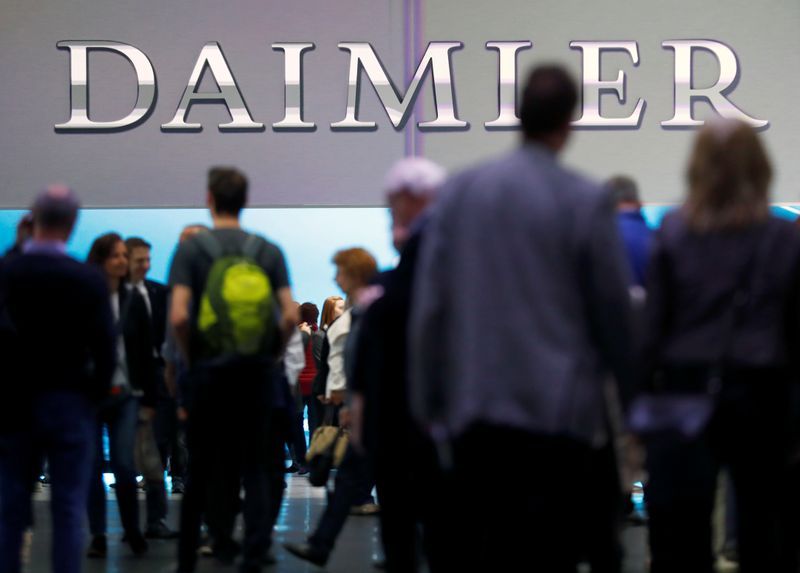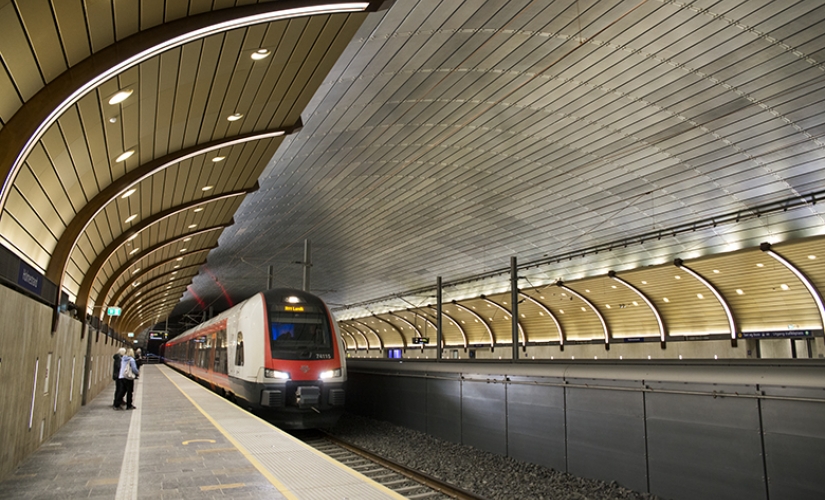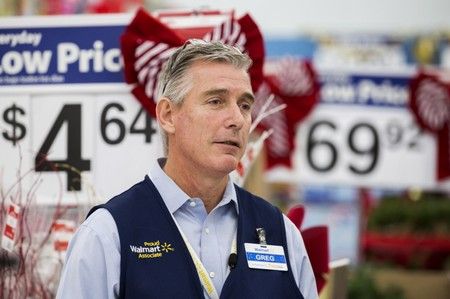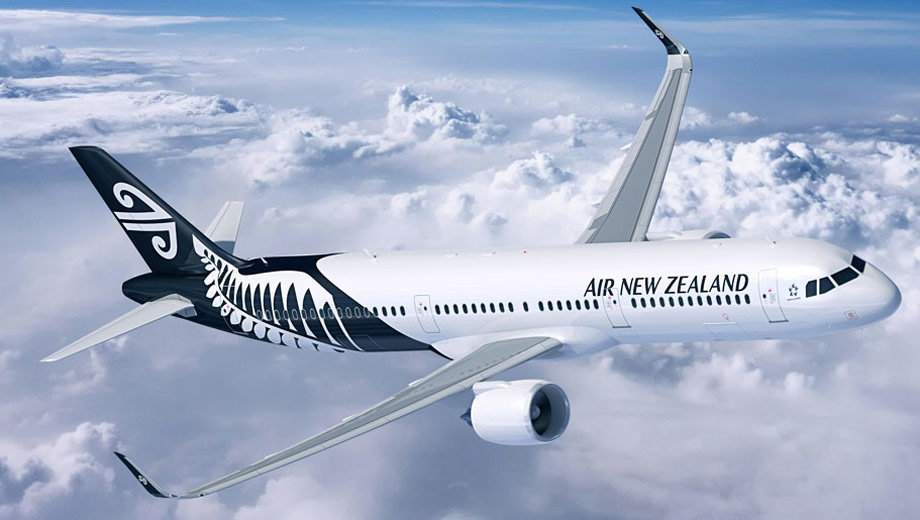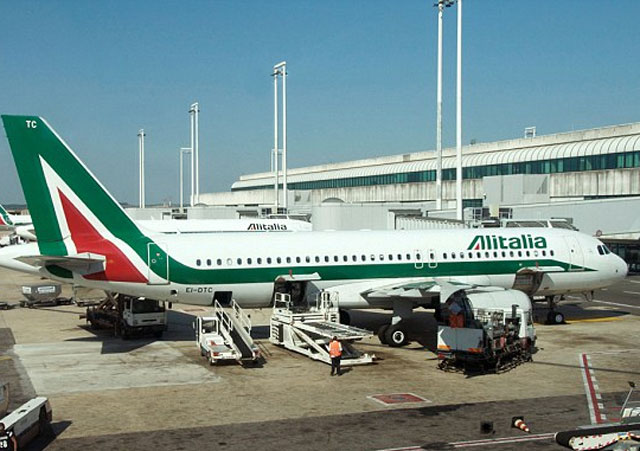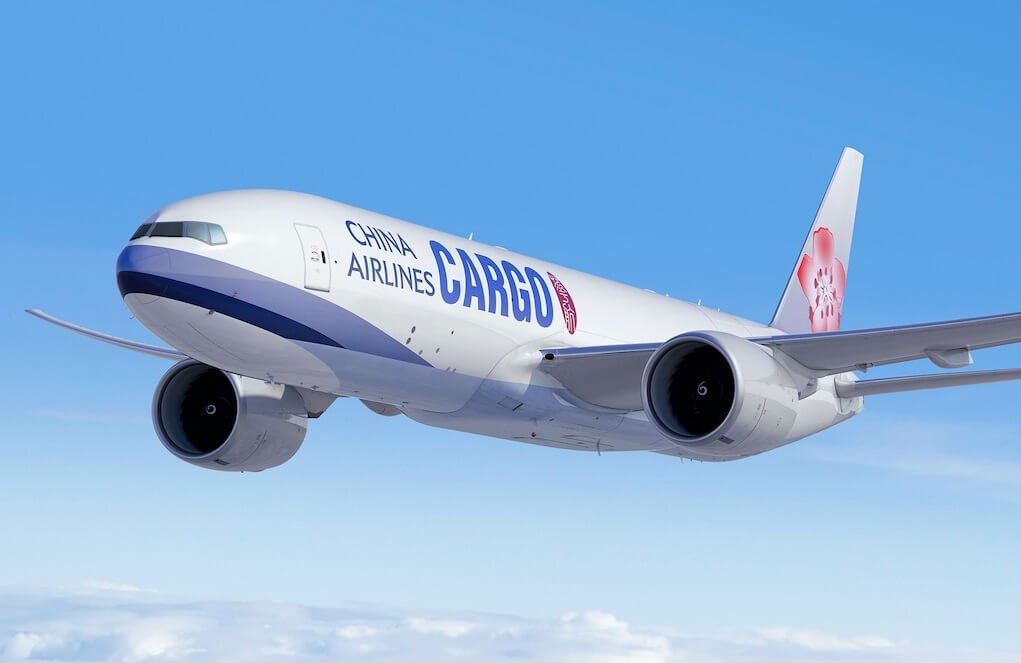- Czech Republic becomes first international customer to purchase mixed fleet of H-1 aircraft

WASHINGTON D.C. (Dec. 13, 2019) – The U.S. Secretary of Defense, Mark Esper, and Czech Republic Minister of Defence, Lubomir Metnar, signed a Letter of Offer and Acceptance finalizing the foreign military sale by Bell Textron Inc., a Textron Inc. (TXT) company, of H-1 helicopters to the Czech Air Force.
“We are privileged to support the Czech people and applaud the Ministry of Defence and Armed Forces of the Czech Republic for selecting AH-1Z and UH-1Y helicopters.” said Vince Tobin, Executive Vice President of Bell’s Military Business.
The H-1 mixed fleet shares 85-percent commonality between parts, reducing the logistics, maintenance, and training costs of the AH-1Z and UY-1Y helicopters while offering a lethal combination of integrated weapons systems to counter ground, air, and maritime targets effectively. The AH-1Z is the only helicopter in production equipped with the AIM-9 Sidewinder providing the most advanced air-to-air combat capabilities.
“This mix allows the Czech Republic to accomplish a diverse mission set, from humanitarian assistance and disaster relief to close air support and air-to-air warfare,” said Joel Best, Director of Military Sales and Strategy, Europe. “The advanced capabilities of the H-1 program help ensure the safety and security of Czech sons and daughters for years to come.”
The purchase of four AH-1Z and eight UH-1Y military helicopters represents the first foreign military sale of a mixed H-1 fleet. Bell anticipates the delivery of the first H-1 aircraft to the Czech Republic will begin in 2023 and complete delivery by 2024.

